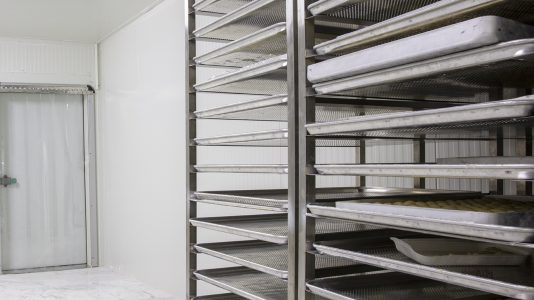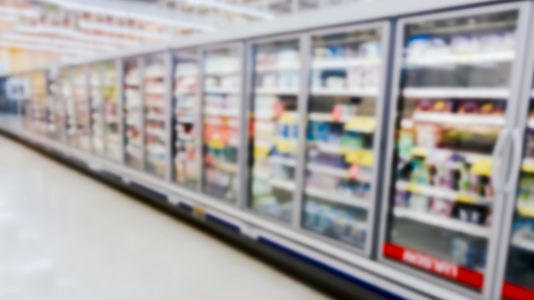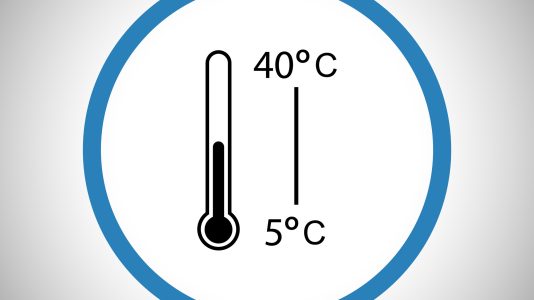Ideal temperature for a cold room
March 5th, 2023
A cold room is an essential piece of equipment for many industries, including food and beverage, pharmaceutical and medical. It allows food products and medicines to be kept at constant and adequate temperatures, ensuring their quality and safety for consumers. However, to ensure the proper functioning of the cold room, it is important to maintain the temperature at an optimal level. In this article, we will analyze the ideal temperature for the 3 different types of cold rooms.
3 types of cold rooms
The ideal temperature for a cold room depends on how it is used. Cold rooms are essential storage spaces for food and beverages that need to be kept at low temperatures to prevent the growth of bacteria. In general, there are three categories of cold rooms, each with different temperatures: positive temperature cold rooms, negative temperature cold rooms and controlled temperature rooms.
1- Positive temperature cold rooms keep food products fresh such as fruits, vegetables, and meat. The ideal temperature for this type of cold room is between 0°C and 4°C. This temperature ensures an optimal preservation of food and avoids the formation of bacteria that can degrade them.
2- Negative temperature cold rooms preserve frozen products such as frozen foods and medicines. The ideal temperature for this type of cold room is between -18°C and -22°C. This temperature guarantees the preservation of frozen products and allows them to keep their quality, taste, and nutrients.
3- Temperature controlled rooms preserve medicines and pharmaceutical products. The ideal temperature for this type of cold room varies depending on the nature of the products, but is generally between 2°C and 8°C. This temperature guarantees the stability of the products and avoids any risk of alteration.
Constant temperature
The temperature must be constant throughout the cold room to avoid fluctuations that could damage the products. Temperature fluctuations can occur when the cold room door is opened and closed frequently or when the refrigeration unit operates inconsistently. It should be noted that the ideal temperature for a cold room may vary depending on the nature of the products stored and the use to which they are put. Therefore, the manufacturer’s instructions should be consulted to determine the optimal temperature for each type of cold room. In addition, to ensure the quality and safety of the products, the temperature of the cold room should be regularly monitored and adjusted accordingly.
In conclusion, the ideal temperature for a cold room depends on the type of food stored, but it should always be kept constant. By following these recommendations, you can ensure that the food stored in your cold room is fresh, safe, and healthy. If you are experiencing problems with your walk-in cooler thermostat, give our experts at Frigotech a call today.




